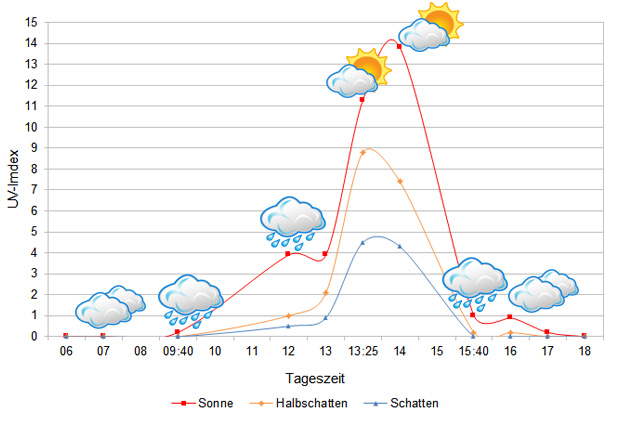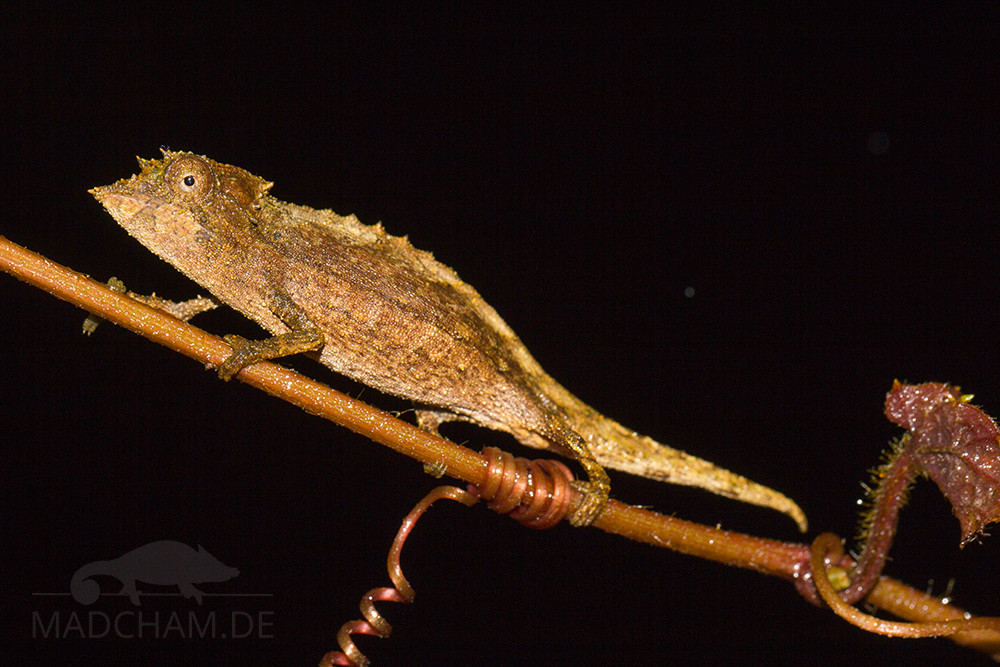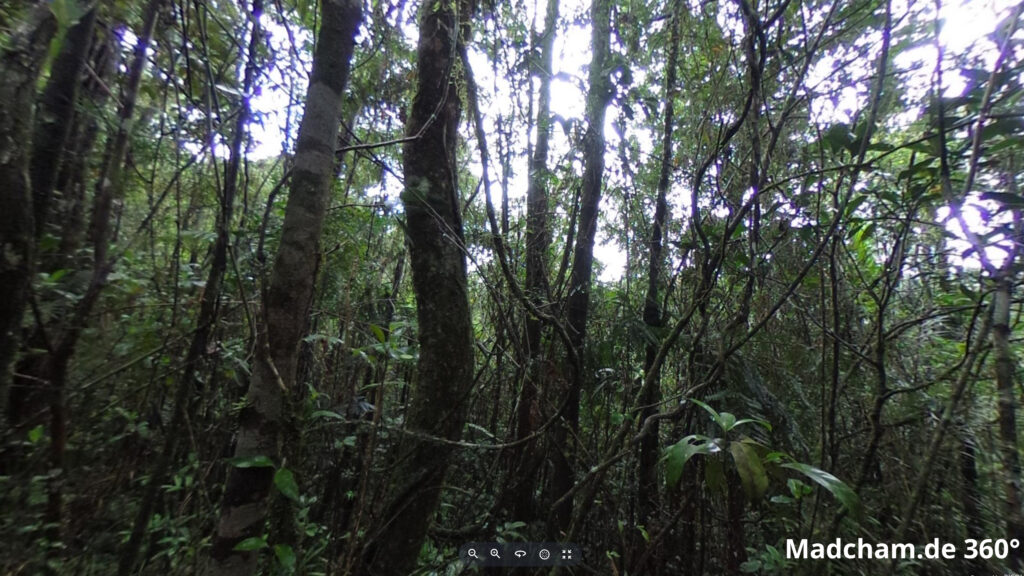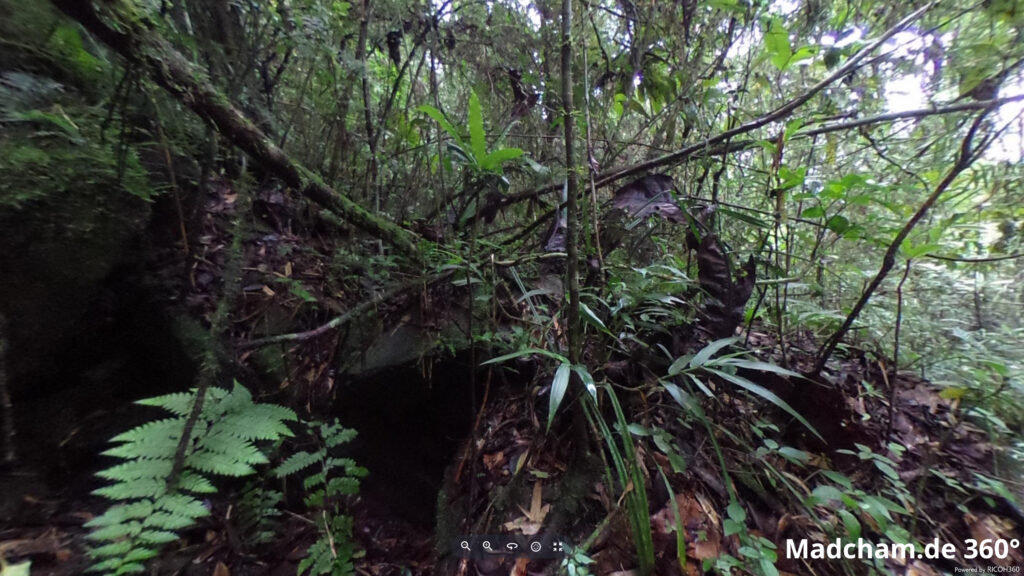2011-13 no specimens,
2014-18 each 150 specimens,
2019 for the first time 250 specimens,
2020-24 again 150 specimens per year for legal export
First description:
(Boulenger, 1887)
Origin of the species name:
The Belgian zoologist George Alber Boulenger, at that time working at the Natural History Museum in London (Great Britain), named this chameleon species after its nose. It was thought at the time that the species belonged to Brookesia – and for them, appearance and nose were very unusual.
Distribution:
This species is found in Ranomafana and Andohahela national parks and in the Andringitra Mountains. So far, the sites are mainly located in rainforests in southeastern Madagascar. In the National Park Ranomafana the animals occur at about 1000 m a.s.l. and higher, in the National Park Andringitra at altitudes between 1580 and 1640 m. It is difficult to find Palleon nasus, however, and even at night, you need some luck to discover a sleeping animal of this species in the bushes. If one finds, it usually concerns pairs, with which both animals are to be found within maximally one square meter. They like to sleep headfirst on extremely thin grasses or branches, both vertically with the head down hanging or with the belly up hanging horizontally. The sleeping places are partly up to two meters above the ground.
Appearance & size:
With a total length of only 9 cm, these chameleons are rather small. Females reach maximally 6,5 cm. Like almost all leaf chameleons, Palleon nasus is beige to brownish colored with few variations. From time to time, you can find specimens with a dark lateral stripe. The dorsal ridge is sharply waved, otherwise, the body is hardly conspicuous. In accordance with the name, the snout of these chameleons is elongated and pointed and ends in two small, adjacent conical scales on the nose. Incidentally, these two elongated conical scales on the nose are the easiest way to distinguish them from Palleon lolontany. The males of Palleon nasus have a double row of tubercles on the dorsal crest, the females only a single one.Males wear a double row of tubercles along the dorsal ridge, females only a single row.
Good to know:
In 2013, the species was placed in genus Palleon by Glaw, Hawlitschek, and Ruthensteiner taxonomically. Until then, it was thought to be a Brookesia. The examinations suggest that it might be a sister genus of Brookesia, that might have developed far earlier than thought. It is possibly one of the most “original” species. Palleon nasus can be split into two subspecies, Palleon nasus nasus (pictures) and Palleon nasus pauliani. The latter subspecies might be restricted to Andringitra mountains, has more heterogenous scalation and lacks double row tubercles on the dorsal ridge. Up to date, it is unclear whether the subspecies pauliani is really a subspecies of Palleon nasus.
| Jan | Feb | Mar | Apr | May | Jun | Jul | Aug | Sep | Oct | Nov | Dec | |
| Average temperature | 23 | 24 | 23 | 23 | 21 | 19 | 19 | 19 | 20 | 21 | 22 | 23 |
| Minimum temperature | 20 | 20 | 20 | 19 | 18 | 15 | 15 | 15 | 15 | 16 | 18 | 19 |
| Maximum temperature | 27 | 27 | 27 | 27 | 25 | 23 | 23 | 23 | 24 | 25 | 26 | 27 |
| Rain days | 27 | 24 | 26 | 19 | 17 | 18 | 21 | 20 | 15 | 16 | 20 | 25 |
We have collected the data given above over several years with thermometers and hygrometers at the finding places of the chameleons. "Average temperature" means that values of a whole month have been calculated to one average value per month. For example all measured minimum temperature values of February have been calculated to one average minimum temperature for February. In plain language, this means single peak values of a day may be a little higher or lower than the average minimum and maximum temperatures. It is possible that a location has an average maximum temperature of 29°C, but one day during that month it had 33°C or even 35°C there.
The rainforest of Ranomafana is located in Madagascar's southern highlands at elevations around 1000 m above sea level. Thus climate is generally cooler than e.g. on the coast or in the southwestern part of the island. Days reach temperatures around 25°C, rainy season may become a little warmer. Sunny places may get a little above 30°C sometimes. At night, temperature drops down to 20°C in rainy season and even lower to 15°C in dry season.
But "dry" season is very relative in Ranomafana, because the forest does not get dry at all. Never. It may rain less and precipitation is not lasting for days, but it is still rich enough to let ground and trees never dry completely. Key factors of Ranomafana's climate are high humidity and cool nights.


We have measured UVB data with a Solarmeter 6.5 in spring (March) at the peak of activity of chameleons in Madagascar. We always measured the values that a chameleon could maximally reach in its habitat.
Habitat:
The habitat of this species is ever humid and evergreen. They live in low shrubs and bushes. During the daytime, they roam around on the ground. The ground in Ranomafana consists of earth and rocks covered extremely in moss. The undergrowth is very dense with lots of small branches and twigs, small vines and similar. Even the undergrowth is overgrown with epiphytes and lichen. The species prefers only certain places in the forest, that have knee-high grass and dense, fern-covered slopes.
Below you will find some 360° images from the Ranomafana rainforest that we took during the rainy season. If you click on the respective image, the pictures will open in an enlarged view in a separate window. You can use the mouse to rotate in all directions. You also have the option of running the images in full-screen mode. Enjoy!



































